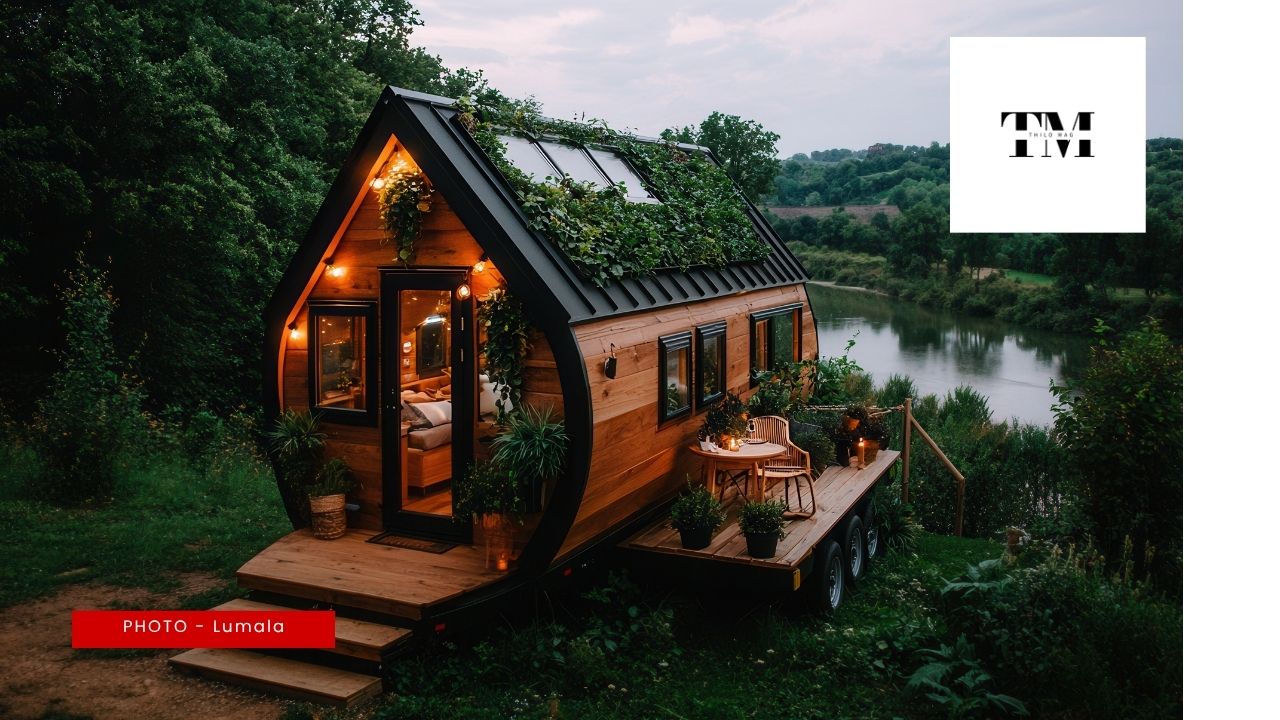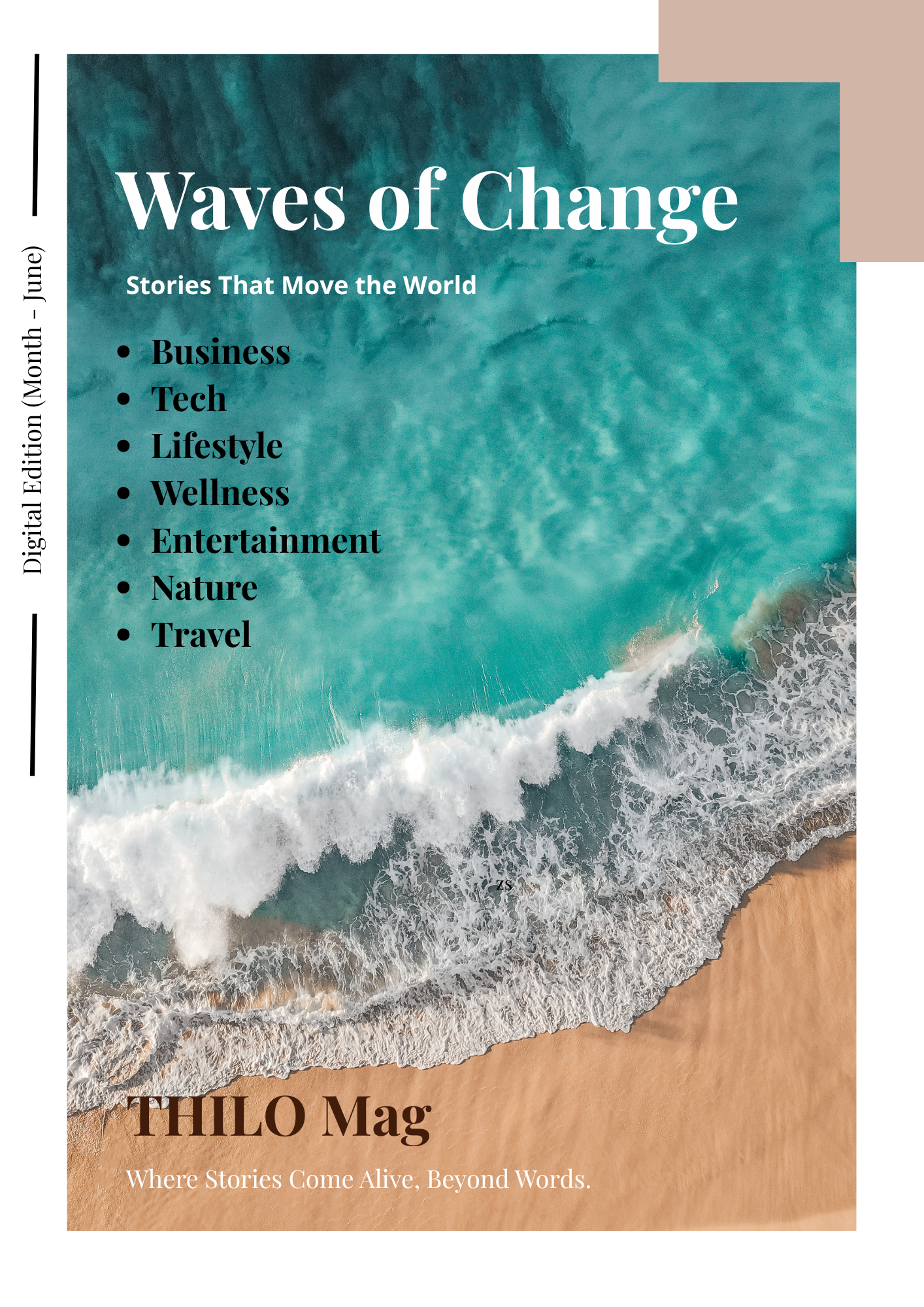The Rise of Slow Living
By Thiloththama Jayasinghe

Digital nomads aren’t just influencers on Instagram. They’re freelancers, startup founders, remote employees, and creatives managing time zones, deadlines, and cultural shifts.
“I wake up to ocean waves in Sri Lanka and start my client meetings by noon,” says Alyssa Tran, a UX designer from Canada. “It’s not always easy, but the freedom is priceless.”
Jonas Meier, a software engineer from Berlin living in Medellín, adds, “There’s a thrill in finding balance — one day coding from a café, the next exploring waterfalls.”
🌿 What Is Slow Living?
Slow living is more than just moving at a leisurely pace. It’s a mindset, a conscious choice to step back from the frenzy of modern life and focus on what truly matters — connection, presence, and purpose. Whether it’s making meals from scratch, spending more time in nature, or unplugging from digital overload, slow living invites us to live deliberately.
La Dolce Vita – The Italian Way
The phrase la dolce vita, meaning “the sweet life,” is more than a romantic ideal in Italy — it’s a lifestyle. In small towns across Tuscany or the Amalfi Coast, life unfolds over long lunches, afternoon strolls, and conversations that stretch into sunset. Italians embrace the beauty of simplicity — fresh ingredients, quality time with family, and a deep appreciation for art, food, and conversation.
There’s no rush to finish a meal. Time is tasted like good wine. And in this slowness, happiness blooms.
The Japanese Philosophy of Purpose
On the other side of the world, in the peaceful Okinawan islands of Japan, people live longer than almost anywhere else. One secret? Ikigai — a concept that blends “iki” (life) and “gai” (worth). It refers to one’s reason for being — that quiet purpose that gets you up each morning.
Unlike hustle culture, ikigai isn’t about ambition or money. It’s about harmony: doing what you love, what the world needs, and what you’re good at — all at once. Whether it’s gardening, crafting, or teaching, the Japanese embrace small, meaningful routines that add joy to daily life.
🌍 Global Echoes of the Slow Life
In Denmark, the idea of hygge — a cozy, contented way of living — centers around warm lighting, shared meals, and slowing down during long winters.
In India, ancient Ayurvedic practices teach people to listen to their bodies, eat seasonally, and align life with natural rhythms.
In South America, rural communities value “sobremesa” — the time spent chatting after meals, with no urge to rush off.
Even in tech-heavy places like the U.S. and South Korea, a counter-culture is emerging: urban gardens, slow travel, digital detoxes, and mindfulness retreats are rising in popularity.
🛑 Why Now?
The global pandemic was a reset button for many. As work-from-home blurred boundaries and lockdowns halted our routines, people began questioning the pace and purpose of their lives. Did constant busyness equal fulfillment? Did speed bring joy?
The answer, for many, was no.
Slow living doesn’t reject ambition — it redefines success. It teaches that success can mean balance, presence, and peace.
🌱 How to Start Living Slowly
You don’t need to move to a cottage in the countryside to embrace this lifestyle. Here are a few gentle ways to begin:
Unplug regularly: Set time to be offline — read, walk, or just sit.
Eat with intention: Cook a meal from scratch. Savor every bite.
Declutter your schedule: Say no to what drains you. Make room for rest.
Reconnect with nature: Even a 10-minute walk can ground you.
Find your ‘ikigai’: Explore what gives you quiet joy and purpose.
✨ Final Thought
Slow living is not about doing nothing. It’s about doing what matters — with care, calm, and joy. In embracing slowness, we don’t fall behind — we catch up with ourselves.
Maybe it’s time we all tasted a little more dolce vita in our days.

